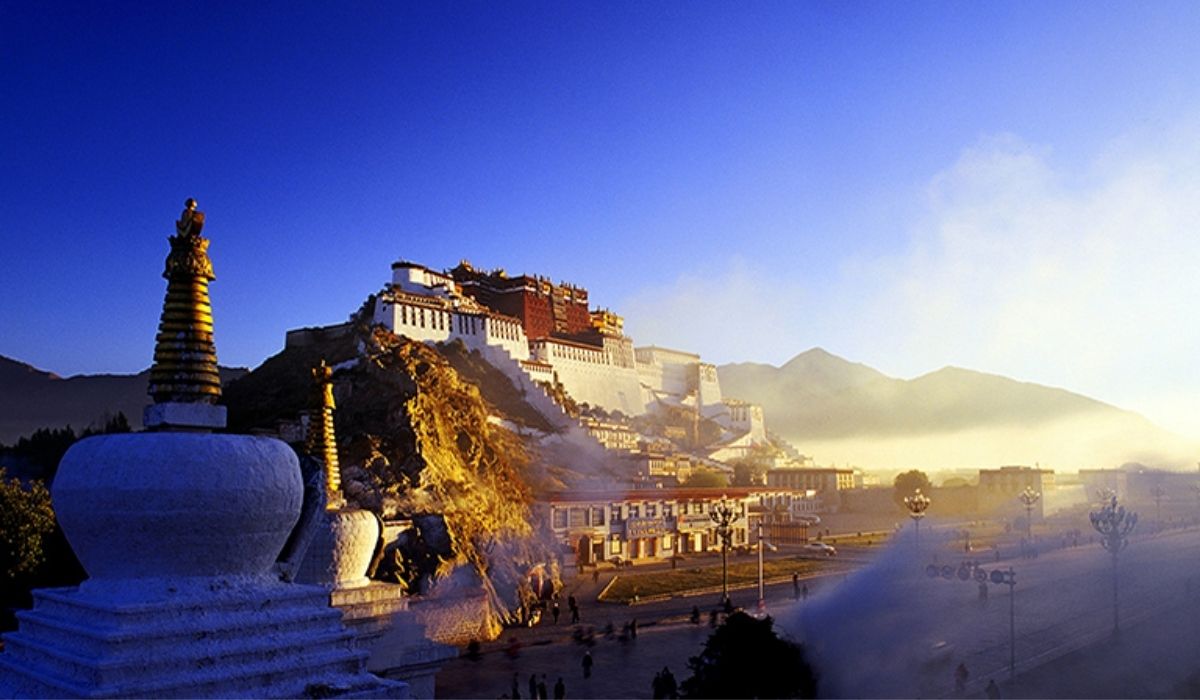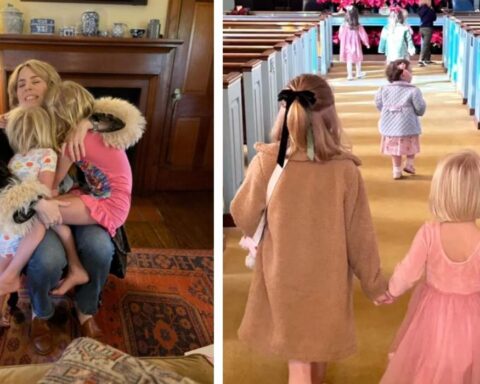Pellela is a subject that holds a deep cultural, historical, and societal significance. Though often overlooked in mainstream discussions, represents a fascinating convergence of heritage, traditions, and modern relevance. Its origins trace back to centuries, with various influences shaping its evolution. Understanding requires delving into its historical background, cultural expressions, and the ways in which it has impacted communities over time. Scholars and enthusiasts alike have explored as a symbol of identity, continuity, and cultural resilience, highlighting its role not only in historical contexts but also in contemporary society.
The Historical Roots of Pellela
The history of Pellela is both rich and complex. Early records indicate that emerged as part of a broader societal framework that linked communities through shared customs and practices. Over time, evolved, reflecting the shifts in political, social, and economic structures. Archaeological evidence and historical texts suggest that was often intertwined with major events and cultural developments of its region, serving as both a practical and symbolic element within daily life. Its historical significance cannot be understated, as it offers a lens through which we can understand the broader narratives of the societies that embraced it.
Pellela in Cultural Context
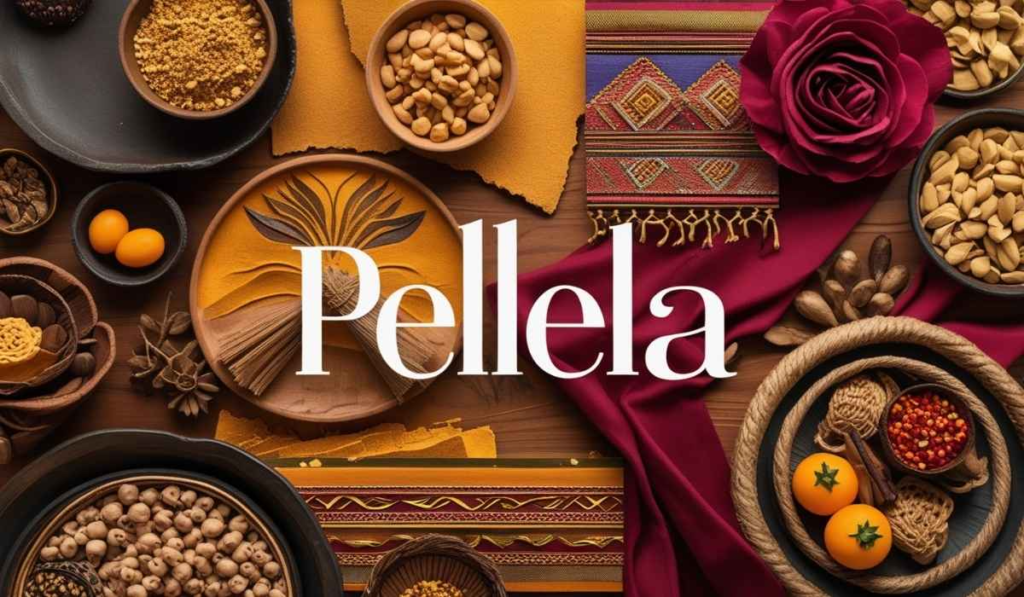
Culturally, Pellela occupies a unique position. It is more than a historical artifact or a mere tradition; it represents a living practice that continues to influence communities today. often manifests in local rituals, festivals, and artistic expressions, providing insight into the values, beliefs, and priorities of those who practice it. Music, dance, visual arts, and literature frequently draw inspiration from, embedding its presence deeply into cultural consciousness. By studying, one gains a better understanding of how culture evolves, adapts, and preserves itself across generations.
Societal Impact of Pellela
The impact of Pellela on society is multifaceted. It has historically acted as a unifying factor, creating a shared sense of identity among communities. Its practices often involve collective participation, reinforcing social bonds and fostering a sense of belonging. Moreover, has contributed to the social structure by providing frameworks for education, governance, and community decision-making. Modern studies show that regions with strong ties to often exhibit higher levels of cultural cohesion and social engagement, illustrating its enduring relevance beyond mere tradition.
Pellela and Modern Relevance
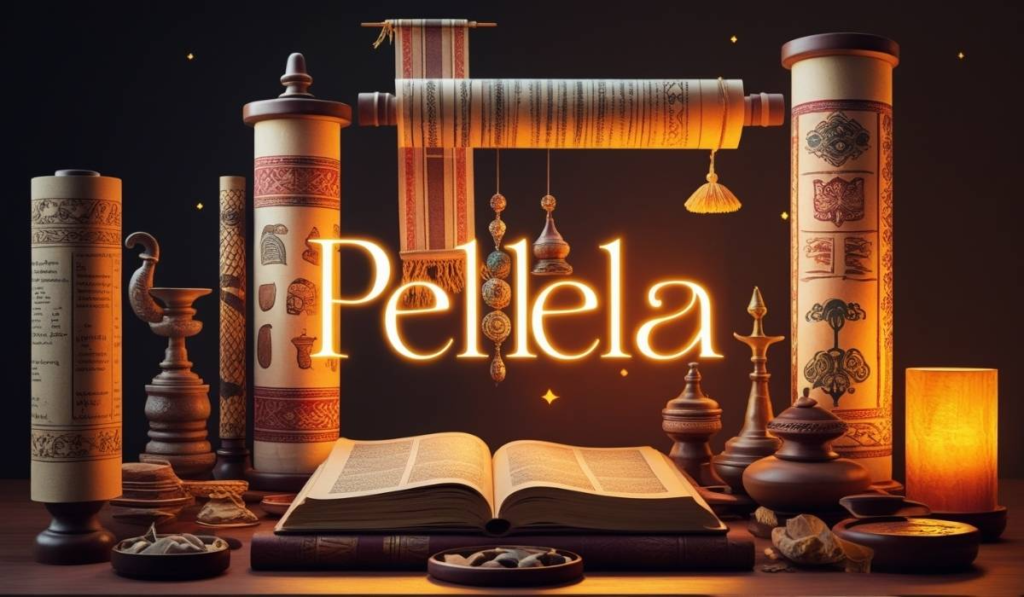
While Pellela has deep historical roots, its relevance in modern society remains significant. Contemporary communities continue to integrate into festivals, ceremonies, and daily practices, bridging the gap between past and present. Scholars argue that serves as a critical tool for cultural preservation in an era of globalization, where local identities often face challenges from external influences. By maintaining the practice and understanding of, societies ensure the continuity of their cultural heritage while simultaneously adapting to modern needs and technologies.
Economic Significance of Pellela
Pellela also holds economic importance in many regions. Traditional crafts, local products, and tourism related to practices contribute substantially to local economies. Artisans, performers, and cultural practitioners often rely on-inspired activities for livelihood, while festivals and events attract visitors and generate revenue. Economists studying cultural economies have highlighted as an example of how cultural heritage can directly influence economic development, demonstrating the interconnectedness of tradition, culture, and commerce.
Pellela in Literature and Arts
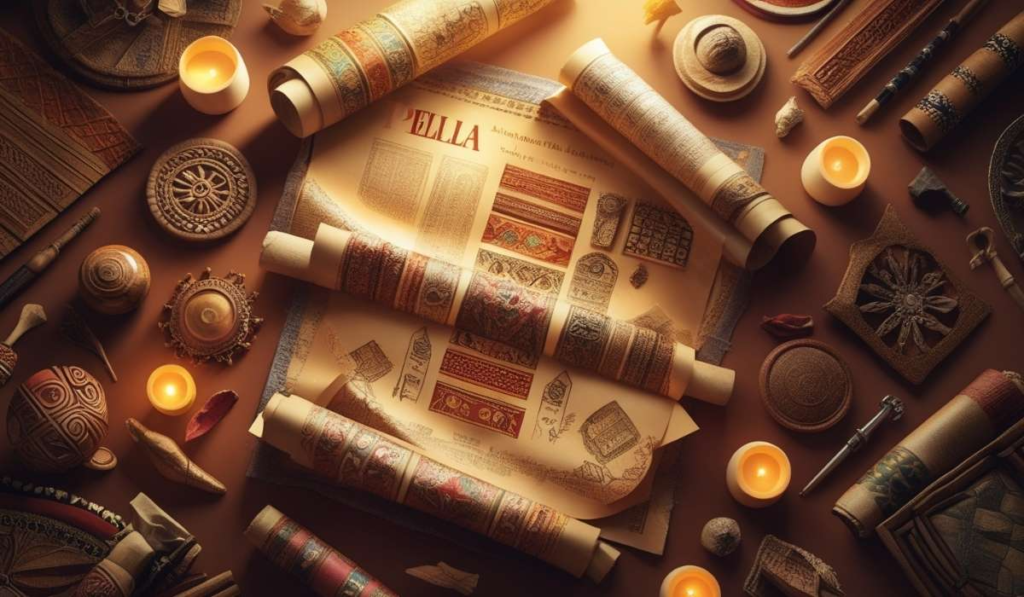
In literature and the arts, has inspired countless works across centuries. From folk tales to contemporary novels, its themes of resilience, identity, and community resonate widely. Visual arts, including painting, sculpture, and performance arts, often depict in various forms, reflecting its symbolic and aesthetic value. Artistic interpretations of allow for a nuanced understanding of its significance, offering perspectives that purely historical or anthropological studies might not fully capture. This interplay between culture and creativity ensures that remains a vibrant subject of study and appreciation.
Pellela and Education
Educational institutions have increasingly recognized the value of incorporating Pellela into curricula. Studies focusing on history, cultural studies, and anthropology often use as a case study to teach critical concepts such as cultural continuity, adaptation, and social cohesion. Educational programs also emphasize the importance of practical engagement with, encouraging students to participate in cultural activities and learn directly from practitioners. This hands-on approach ensures that knowledge of is not merely theoretical but actively contributes to cultural literacy and preservation.
Challenges Facing Pellela

Despite its importance, faces several challenges in the modern era. Urbanization, changing lifestyles, and globalization have threatened the continuity of traditional practices associated with. In some communities, younger generations may lack interest or opportunities to engage with these traditions, leading to a gradual erosion of knowledge and cultural expression. Additionally, commercialization and misrepresentation of practices can dilute their authenticity and significance. Addressing these challenges requires a combination of community engagement, education, and cultural policy that supports preservation while embracing innovation.
The Future of Pellela
Looking forward, Pellela’s future will likely be shaped by the balance between tradition and modernity. Communities, scholars, and policymakers must collaborate to ensure that remains a living practice rather than a relic of the past. Digital technologies, social media, and cultural networks provide new opportunities for documenting, sharing, and celebrating globally. By fostering awareness, education, and active participation, societies can safeguard legacy while allowing it to evolve in ways that remain meaningful to contemporary life. The preservation and promotion of exemplify how cultural heritage can continue to inform identity, social cohesion, and creativity in the modern world.
Conclusion
Pellela is a remarkable cultural and historical phenomenon that encapsulates the essence of human creativity, resilience, and social connection. Its rich history, deep cultural significance, and continued relevance make it a vital subject for study and appreciation. From its historical roots to its modern adaptations, demonstrates the enduring power of cultural practices to shape societies and identities. By understanding, preserving, and engaging with, communities not only honor their heritage but also contribute to a dynamic cultural future that remains connected to its past.
Frequently Asked Questions about Pellela
1. What is Pellela?
- Pellela is a cultural and historical practice with deep roots in certain societies, representing traditions, community values, and social cohesion. It encompasses rituals, arts, and customs that have evolved over centuries.
2. Where did Pellela originate?
- Pellela originated centuries ago in specific regions, shaped by local communities and historical events. Its exact origins may vary depending on the cultural context, but it is widely recognized as a symbol of heritage and identity.
3. Why is Pellela important in modern society?
- Pellela remains important because it preserves cultural identity, fosters social cohesion, and inspires artistic and educational initiatives. It also contributes to economic activities through festivals, crafts, and tourism.
4. How is Pellela practiced today?
- Today, Pellela is practiced through community rituals, cultural festivals, artistic expressions, and educational programs. Modern adaptations often combine traditional methods with contemporary technology and media.
5. What challenges does Pellela face?
- Challenges include urbanization, globalization, generational disinterest, and commercialization. These factors can threaten the authenticity and continuity of practices, requiring targeted preservation efforts.

